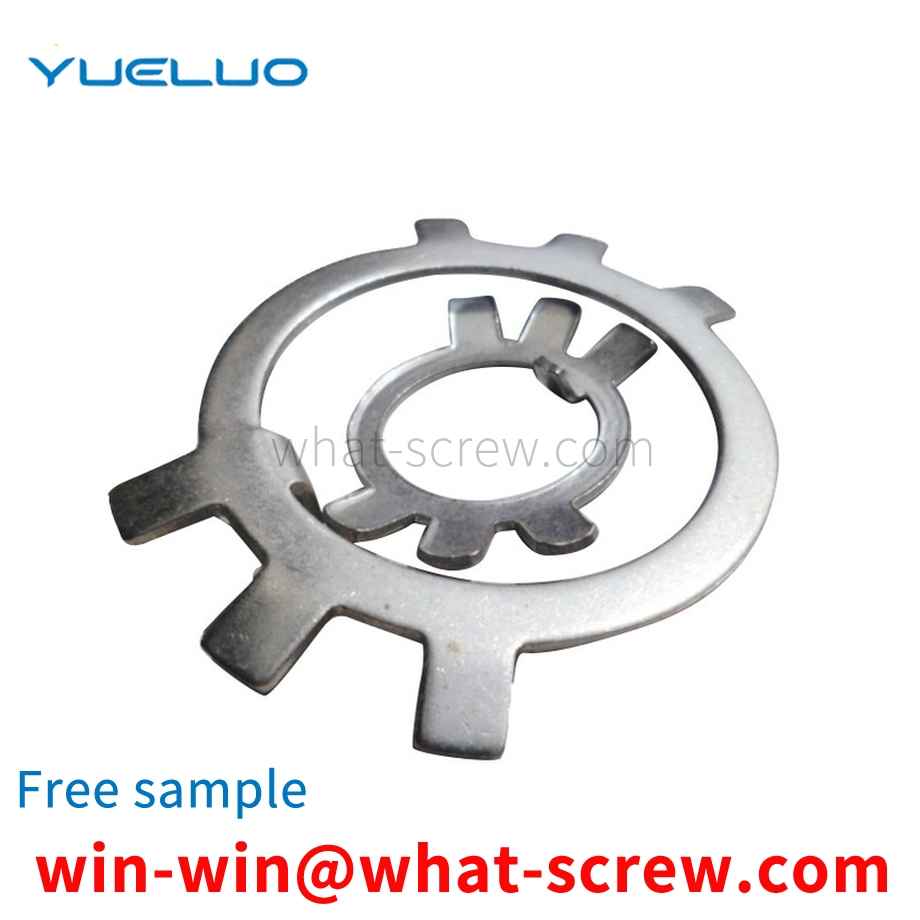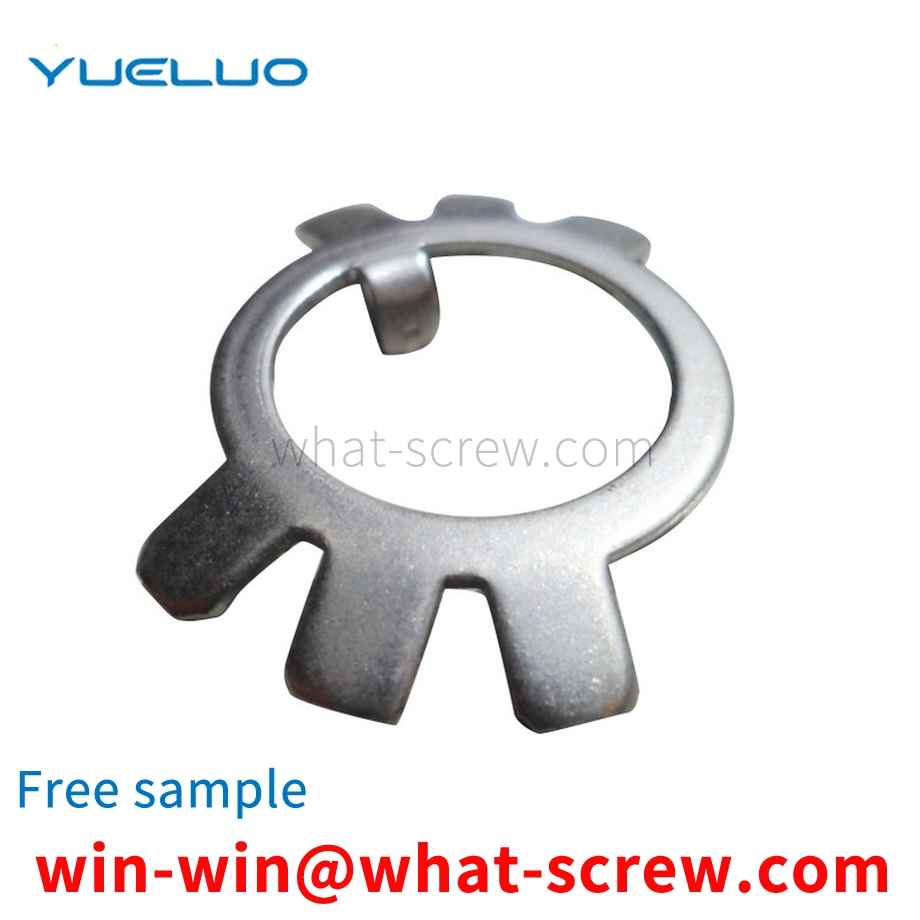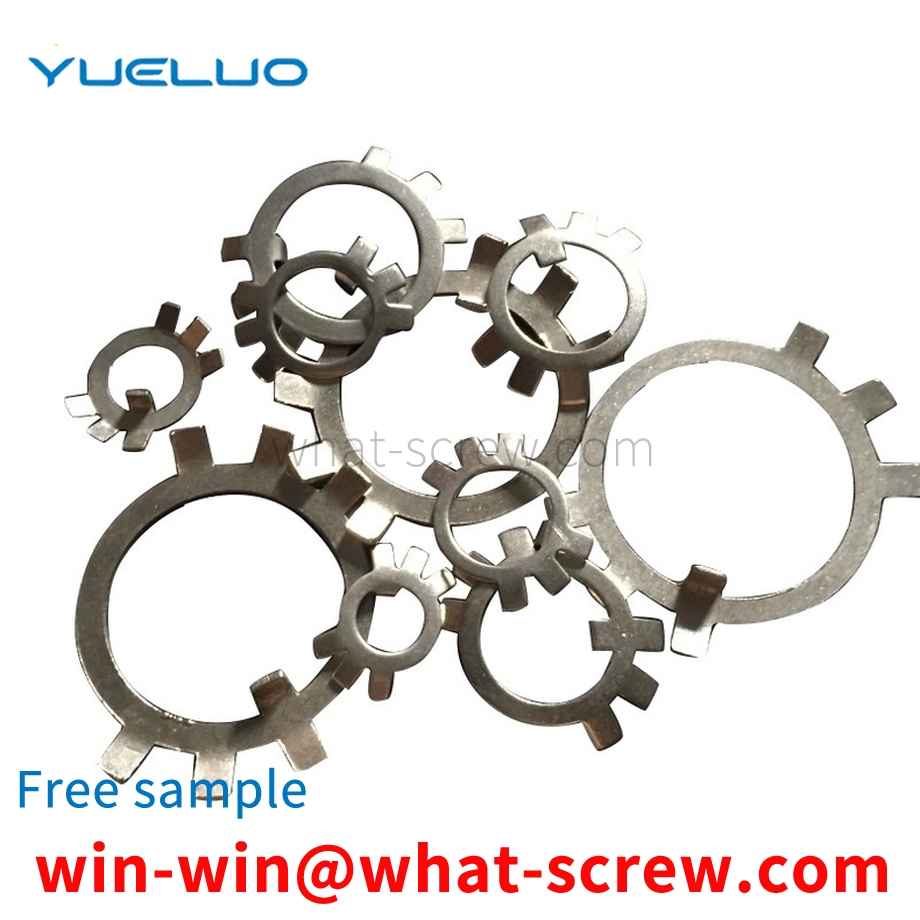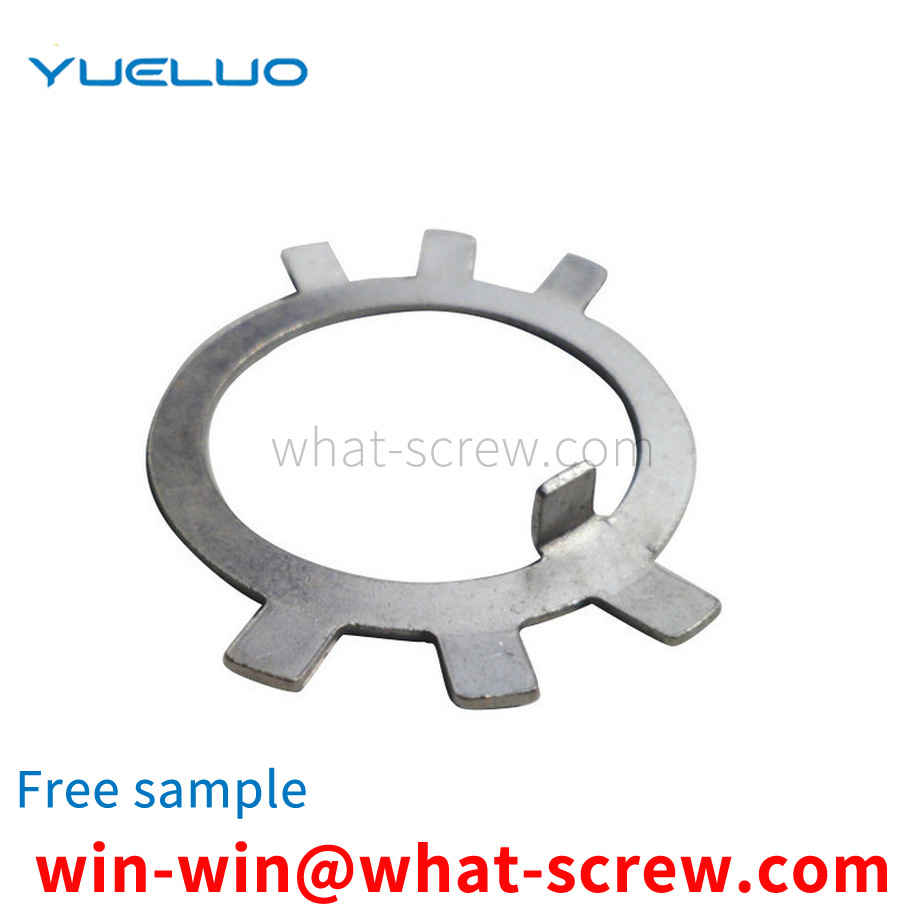What is the tolerance range of precision screws?
What is the tolerance range of precision screws?
Service Hotline
+86760-8787 8587We have more than ten years of production experience in the screw industry, the main products are: iron square nuts, TM carbon steel screws, nut screws, hexagon socket extension bolts, combination screws and bolts, GB802.4 hexagon cap nuts, PC board isolation columns, lifting ring hardware Rigging rings, full-tooth extension screws, solid wood screws without through holes, concave-end set screws and bolts, supply of hexagonal flange nuts, hairpin clip pins, fine half-tooth bolts, anti-loose and anti-skid gaskets and other fasteners, due to The materials and specifications of the products are different, and the prices are also different. Please contact us if you need it.


Hexagon nuts are divided into three types: I type, II type and thin type according to the nominal thickness. Nuts above grade 8 are divided into two types: type 1 and type II. Type I hexagon nuts are the most widely used. Type 1 nuts are divided into three grades: A, B, and C. Among them, grade A and grade B nuts are suitable for machines, equipment and structures with small surface roughness and high precision requirements. Class C nuts are used on machines, equipment or structures with rough surfaces and low precision requirements.

The quality of electroplating is measured primarily by its corrosion resistance, followed by appearance. Corrosion resistance is to imitate the working environment of the product, set it as the test condition, and perform a corrosion test on it. The quality of electroplating products shall be controlled from the following aspects: 1. Appearance: Partial uncoated, scorched, rough, gray, peeling, crusted, and obvious stripes are not allowed on the surface of the product, and pinholes, pitting, and black plating are not allowed. Slag, loose passivation film, cracks, peeling off and serious passivation marks. 2. Coating thickness: The operating life of fasteners in corrosive atmosphere is proportional to its coating thickness. The general recommended thickness of economical electroplating coating is 0.00015in ~ 0.0005in (4 ~ 12um). Hot-dip galvanizing: the standard average thickness is 54 um (43 um for diameter ≤ 3/8), and the minimum thickness is 43 um (37 um for diameter ≤ 3/8). 3. Coating distribution: With different deposition methods, the aggregation method of the coating on the surface of the fastener is also different. During electroplating, the coating metal is not uniformly deposited on the peripheral edge, and a thicker coating is obtained at the corners. In the threaded portion of the fastener, the thickest coating is located on the thread crest, gradually thinning along the flank of the thread, and the thinnest deposit is at the bottom of the thread, while hot dip galvanizing is just the opposite, the thicker coating is deposited on the inside corners and On the bottom of the thread, mechanical plating tends to deposit the same metal as hot-dip plating, but is smoother and has a much more uniform thickness over the entire surface [3]. 4. Hydrogen embrittlement: During the processing and processing of fasteners, especially in the pickling and alkali washing before plating and the subsequent electroplating process, the surface absorbs hydrogen atoms, and the deposited metal coating then traps hydrogen. When the fastener is tightened, the hydrogen is transferred towards the most stressed parts, causing the pressure to build up beyond the strength of the base metal and producing microscopic surface cracks. Hydrogen is particularly active and quickly seeps into the newly formed fissures. This pressure-rupture-penetration cycle continues until the fastener breaks. Usually occurs within a few hours after the first stress application. To eliminate the threat of hydrogen embrittlement, fasteners are heated and baked as soon as possible after plating to allow hydrogen to seep out of the plating, typically at 375-4000F (176-190C) for 3-24 hours. Since mechanical galvanizing is non-electrolyte, this virtually eliminates the threat of hydrogen embrittlement, which exists in galvanizing using electrochemical methods. In addition, due to engineering standards, it is forbidden to hot-dip galvanize fasteners with hardness higher than HRC35 (Imperial Gr8, metric 10.9 and above). Therefore, hydrogen embrittlement rarely occurs in hot-dip plated fasteners. 5. Adhesion: Cut or pry off with a solid tip and considerable pressure. If, in front of the blade tip, the coating peels off in flakes or skins, exposing the base metal, the adhesion shall be considered insufficient.


The cylindrical pin magnetic positioning automatic press-in mechanism includes a base, a guide block is arranged on the base, one end of the guide block is provided with a guide vertical plate, and a push-up column is arranged under the end, and the push-up column is connected with a driving mechanism to drive The mechanism is arranged inside the guide vertical plate; one side of the guide block is provided with a push plate, the end of the push plate is provided with a semicircular groove, the push plate is connected to the driving mechanism, and the driving mechanism is arranged on the base The other side of the guide block is provided with a workbench located on the base, an error-proof positioning mechanism is arranged above the workbench, a press-in mechanism is arranged above the error-proof positioning mechanism, and one side of the error-proof positioning mechanism is provided. There is an error-proof detection mechanism; the press-in mechanism includes a punch, a punch block and an upper template arranged in sequence from bottom to top, and the upper template is driven and connected with five driving mechanisms; the error-proof detection mechanism includes a fixed angle plate, a fixed angle The plate is arranged on the worktable, and the fixed angle plate is provided with a four-drive mechanism, and the four-drive mechanism is connected to the detection head.

During the tightening process of the screw, do not use excessive force, otherwise the product will be damaged. The traditional bolt locking adopts manual operation, which is inefficient and insufficient force. In the existing screw locking device, before locking the screw, the locking force of the screw is tested, but the test equipment is set separately, resulting in a complicated structure. In addition, in the existing screw locking device, when the screw is locked, the position of the screw hole is not corrected, so that the screw often causes damage to the product during the tightening process.

The above content is uploaded by Yueluo or the Internet. If there is any copyright issue, please contact [email protected].

What is the tolerance range of precision screws?

How to choose the right stainless steel screw manufacturer?

Why is there an R angle under the head of the hexagon head s...

We have more than ten years of experience in the production ...

We have more than ten years of production experience in the ...

We have more than ten years of experience in screw industry ...

We have more than ten years of experience in screw industry ...